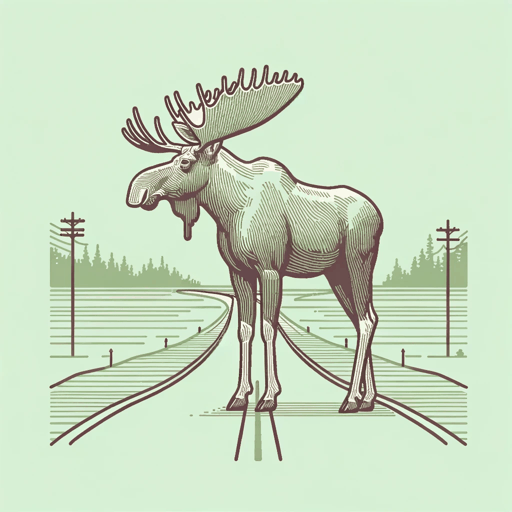17 pages • 34 minutes read
Elizabeth BishopThe Moose
Fiction | Poem | Adult | Published in 1976A modern alternative to SparkNotes and CliffsNotes, SuperSummary offers high-quality Study Guides with detailed chapter summaries and analysis of major themes, characters, and more.
Literary Devices
Form and Meter
“The Moose” is a free verse poem, written without consistent form or meter. However, there are several stanzas that do exhibit some patterns. For example, the first two stanzas share an ABCBDC rhyme scheme, and there are brief flashes of iambic rhythms, such as in Line 2 (“of fish and bread and tea”) or Line 87 (“A dreamy divagation”). The line lengths vary, but they remain close enough so the poem looks tidy on the page; the poem is “narrow” like the provinces mentioned in Line 1 and “long” like the tides mentioned in Line 3.
Though the structure and meter of the poem is loose, Bishop uses the uneven rhythms to provide an additional layer of meaning and emotion to the poem. In other words, she is pulling the reader in to fully experience the bus ride. In the beginning, the words are gentle and the rhythms slow as the speaker takes in the peace, comfort, and predictability of home. In Stanza 4, there is the repetitive rhythm of the landmarks as if the reader is passing them swiftly along with the bus. When night falls around Stanza 11, the words slow down and stretch out (e.
Related Titles
By Elizabeth Bishop

A Miracle for Breakfast
Elizabeth Bishop

Arrival at Santos
Elizabeth Bishop

Crusoe in England
Elizabeth Bishop

Exchanging Hats
Elizabeth Bishop

Five Flights Up
Elizabeth Bishop

Insomnia
Elizabeth Bishop

One Art
Elizabeth Bishop
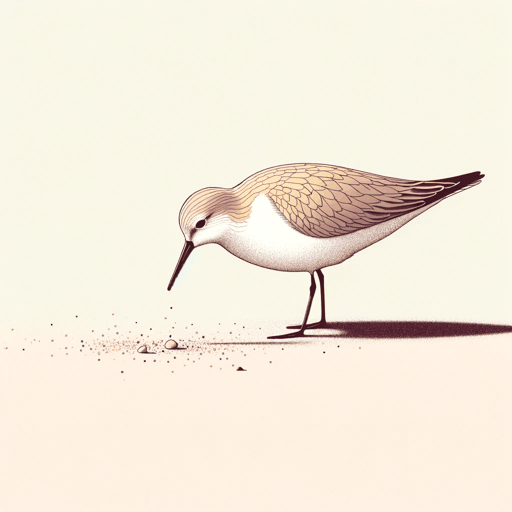
Sandpiper
Elizabeth Bishop
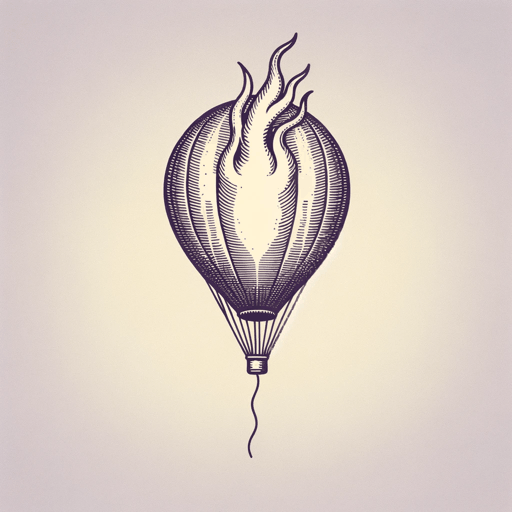
The Armadillo
Elizabeth Bishop
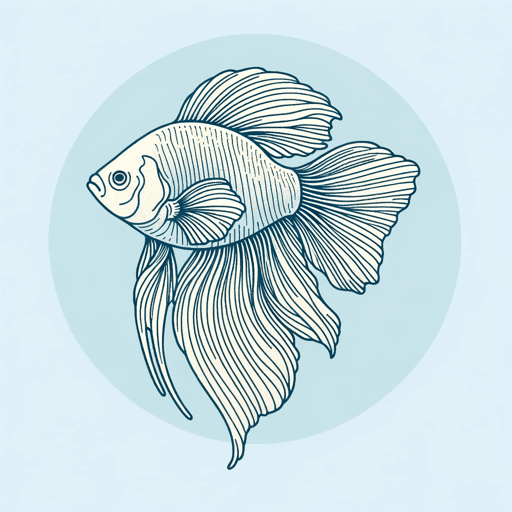
The Fish
Elizabeth Bishop
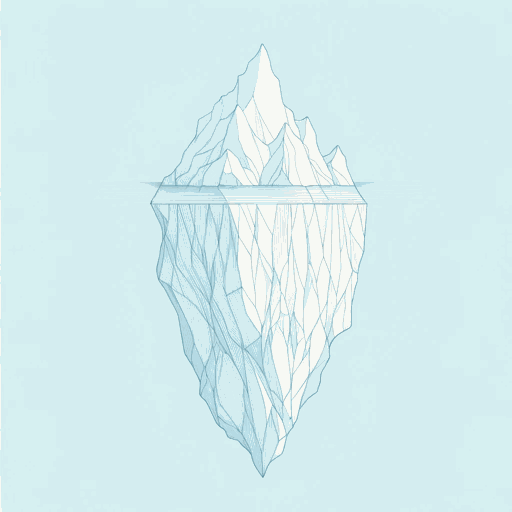
The Imaginary Iceberg
Elizabeth Bishop

The Mountain
Elizabeth Bishop
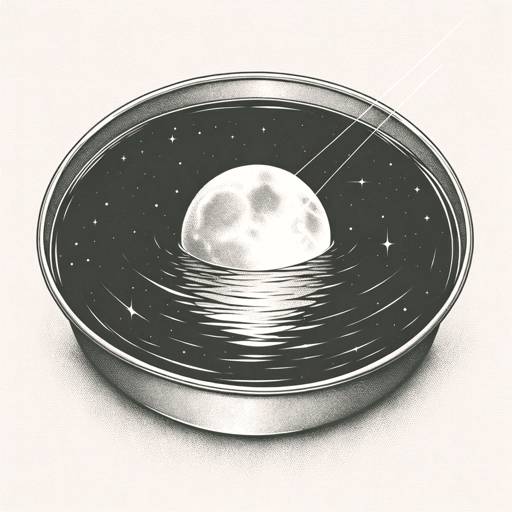
The Shampoo
Elizabeth Bishop
